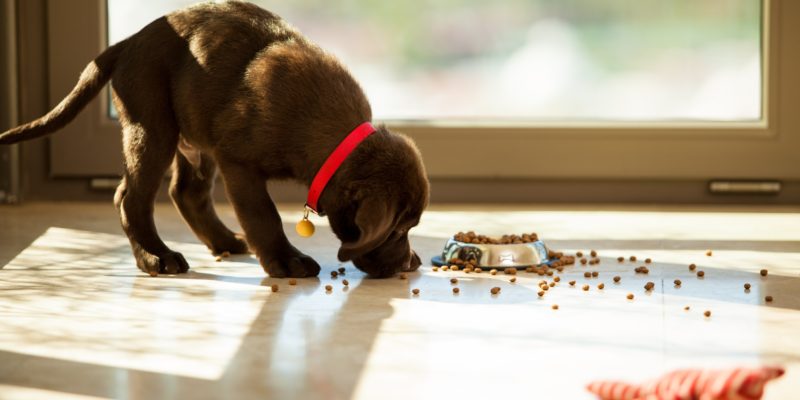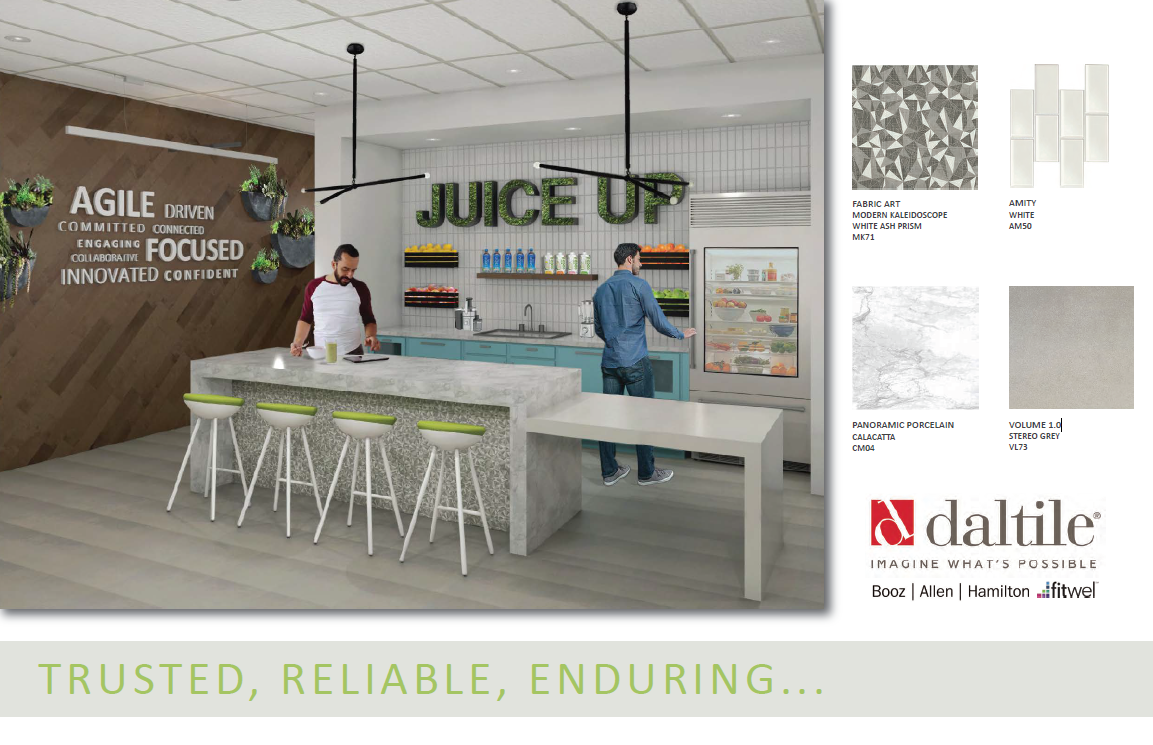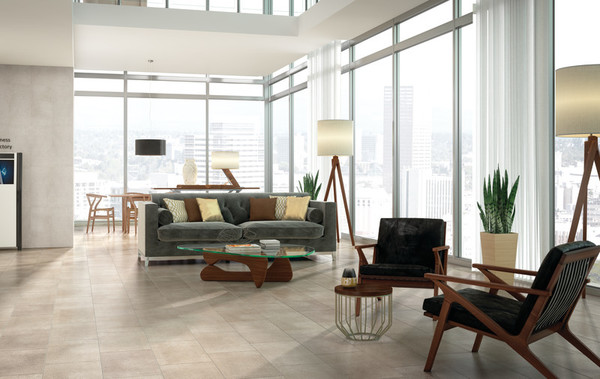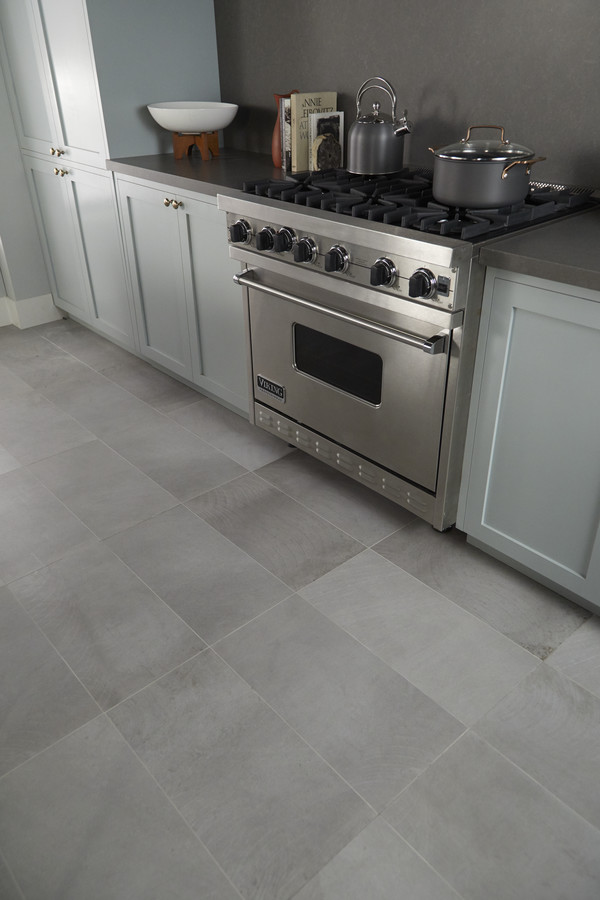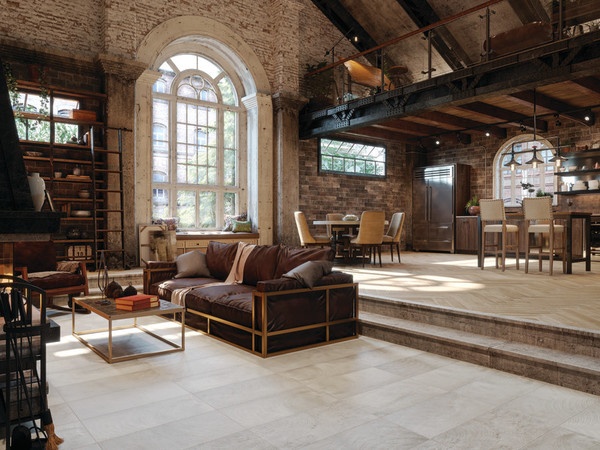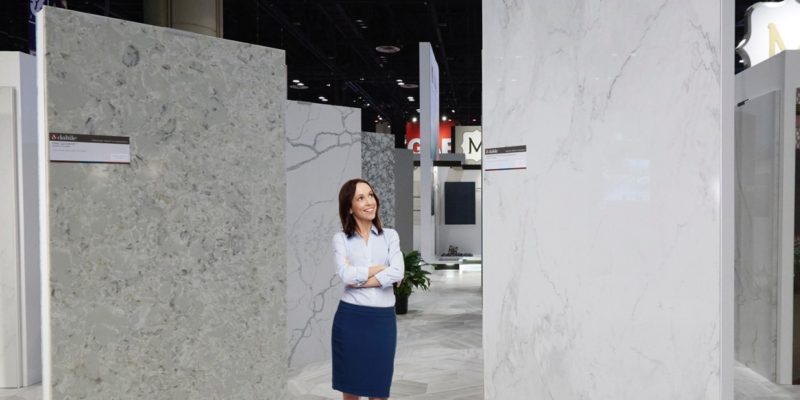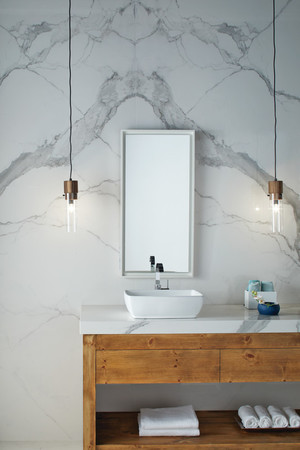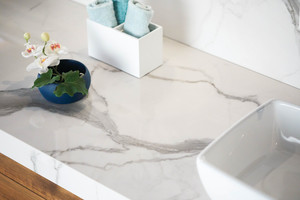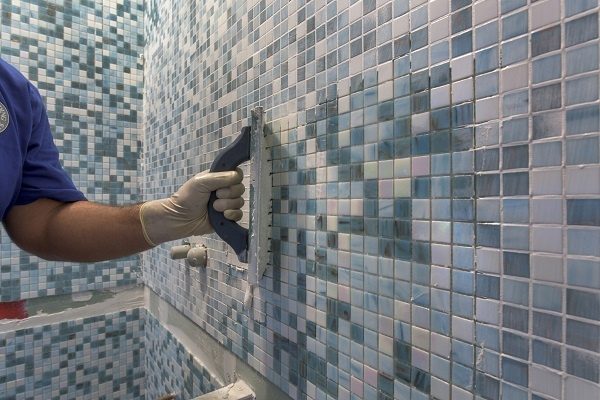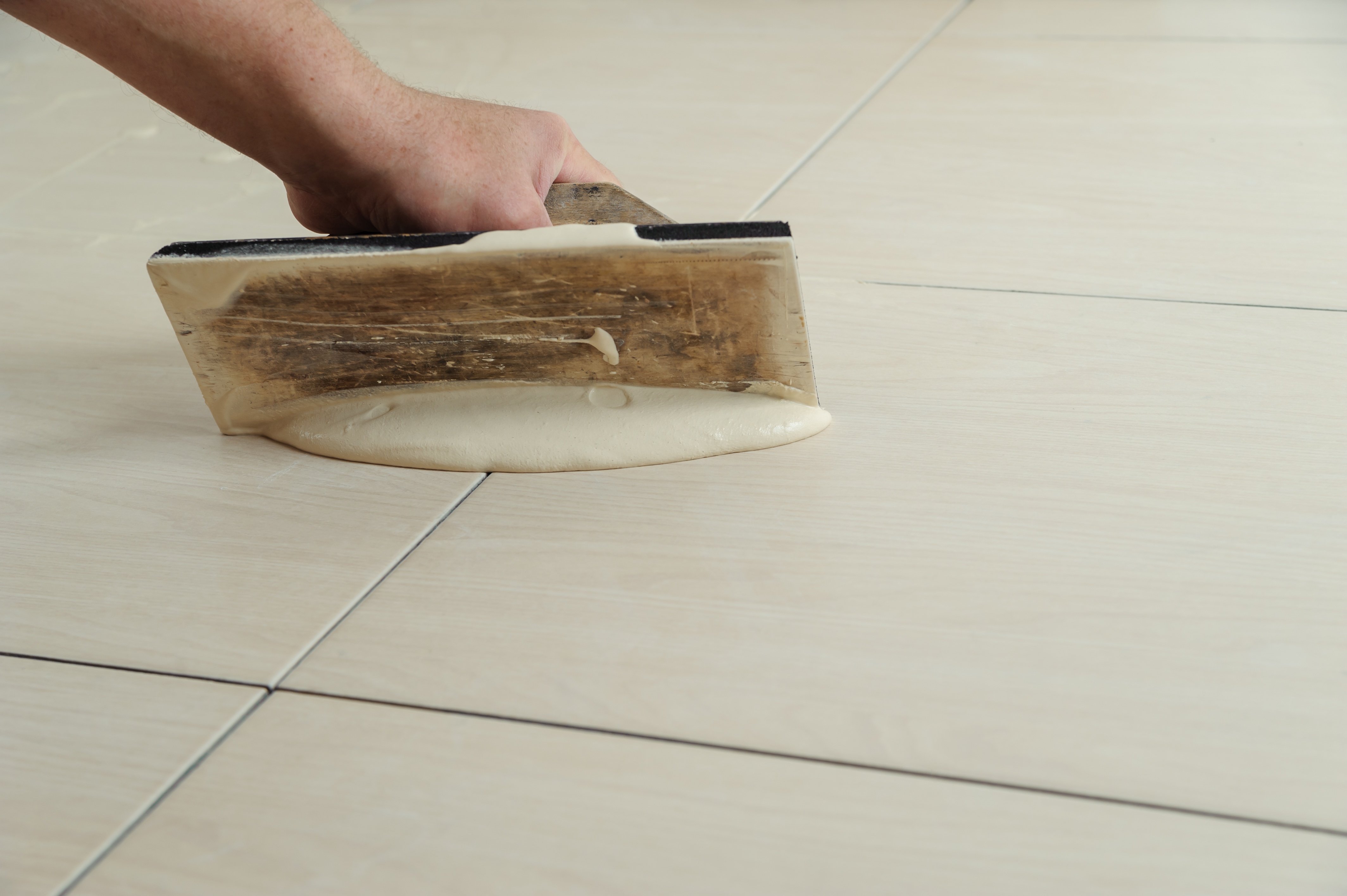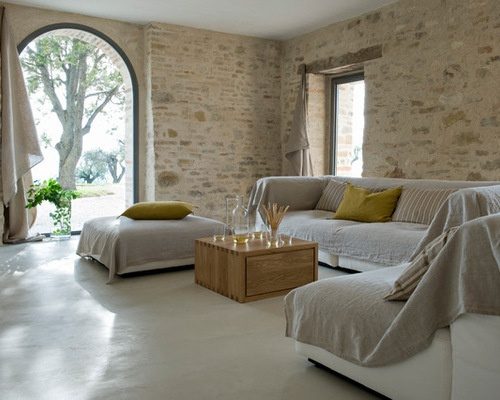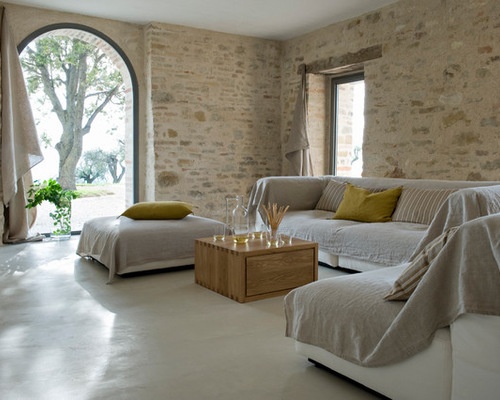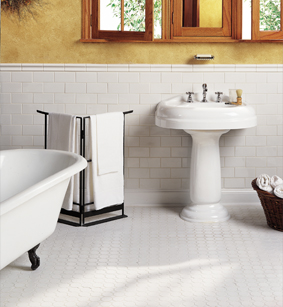Here are five things you’ll definitely want to consider when shopping for surfaces.
1. Tile Is Beautiful
The possibilities are nearly endless when it comes to tile. No matter what style you’re going for, tile has what you are looking for.
Cutting-edge technology lets us recreate your favorite flooring surfaces with precision so you’ll get the look without the added maintenance, worry, or cost.
2. Tile Is Durable
Everybody knows that durability is the hallmark of tile. But next time you client is concerned about durability, go the extra mile and tell them why tile is so durable.
Tile is
- Chemical resistant
- Weather resistant
- 60 year life span
- Can go outside, in wet areas, or in the pool
- Resistant to heavy foot traffic and wheel traffic
You won’t want to use heavy chemicals to clean your tile, but you could if you really needed to. It resists chemicals and chemical spills. Many tiles can withstand the weather too, from the hottest Arizona day to a freezing Minnesota winter. Just make sure to recommend a tile that is rated for exteriors.
Tile has a 60 year life span. Actually, you will want to update your tile long before it wears out—but the point is you don’t have to. Ancient Turkish baths still have intact tile in perfect working order. If breakage does occur, it’s a matter of replacing the one tile instead of the whole floor.
Commercial builders have long relied on tile to meet the demand. It handles heavy foot traffic and even wheel traffic. Tile also offers commercial spaces a bit of style. Tile isn’t institutional these days, it offers high design with the same durability.
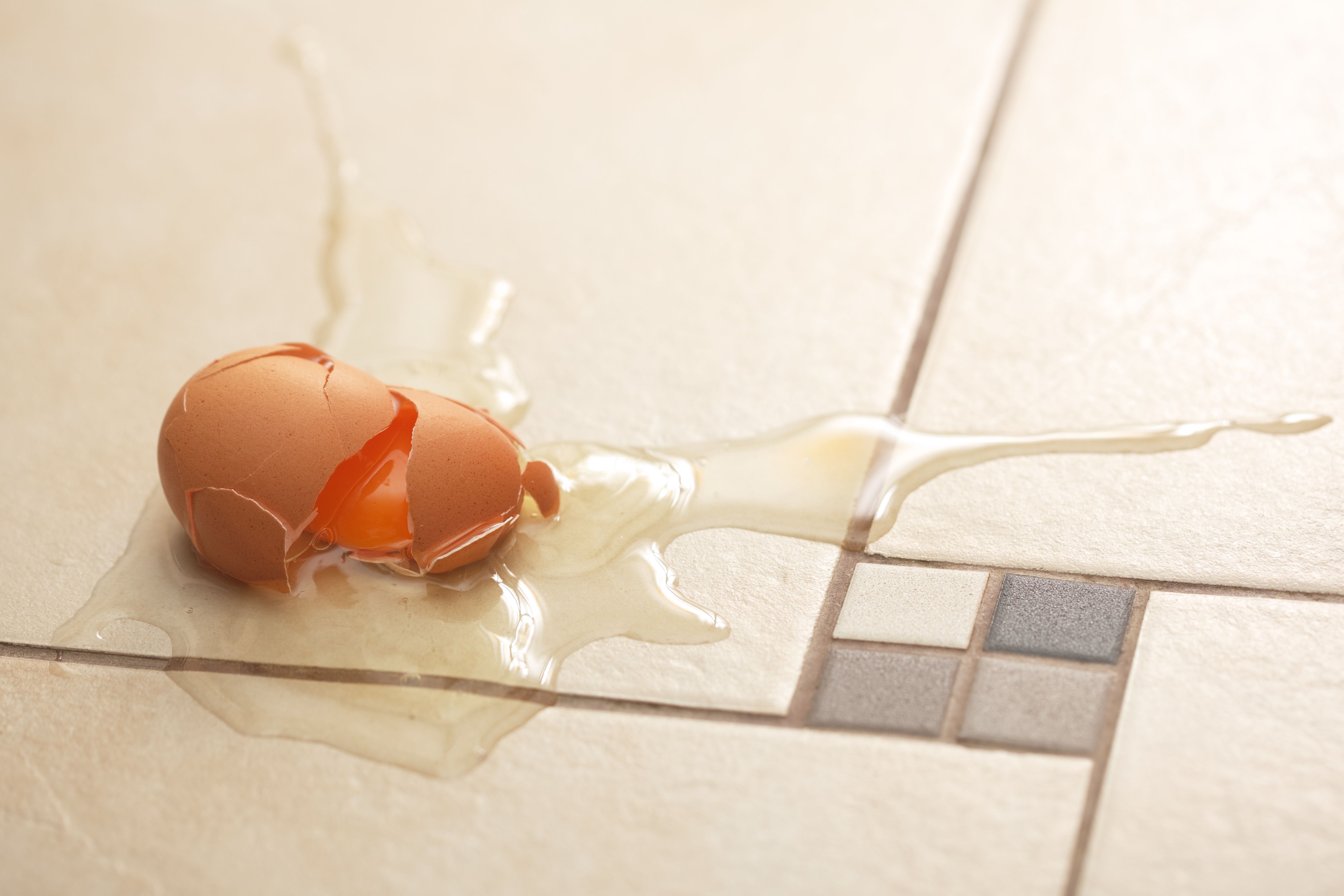
3. Tile Is Cleanable
Tile has always been very easy to clean. Even with the new textures available today, cleanability is still simple. No special products or chemicals required.
Tile is
- Stain resistant
- Easy to sterilize
With other floor surfaces, a dropped glass of red wine could be cause for distress. But with tile, it’s no big deal. It resists stains. If clients are still concerned, tell them to seal the tile and grout to keep their floors looking great—even in high-traffic.
Hospitals and other care facilities need to be able to sterilize floors without worrying about damaging surfaces. Tile is easy to sterilize and can be sterilized over and over without injury.
4. Tile Is Multifunctional
Enjoy any look you want anywhere you want. Tile is well known for floors, but it can do much more than that.
Tile for the outdoors continues to grow with surface technology such as StepWise™ that makes tile safe for outdoor applications. That means you can continue the flooring from your kitchen right out onto the patio for seamless indoor-outdoor design.
5. Tile Is Healthy
Tile is made of clay and other naturally occurring minerals. That’s an important consideration when your clients are worried about keeping materials out of their spaces that have potential adverse health effects.
Tile has NO
- VOCs
- Formaldehyde
- PVC
Ceramic tile is rarely if ever a culprit of “Sick Building Syndrome” and other environmental illnesses and respiratory concerns that you hear about in the news today. Beyond being made of natural elements, any potentially dangerous materials are burned off during the firing of the tile.

